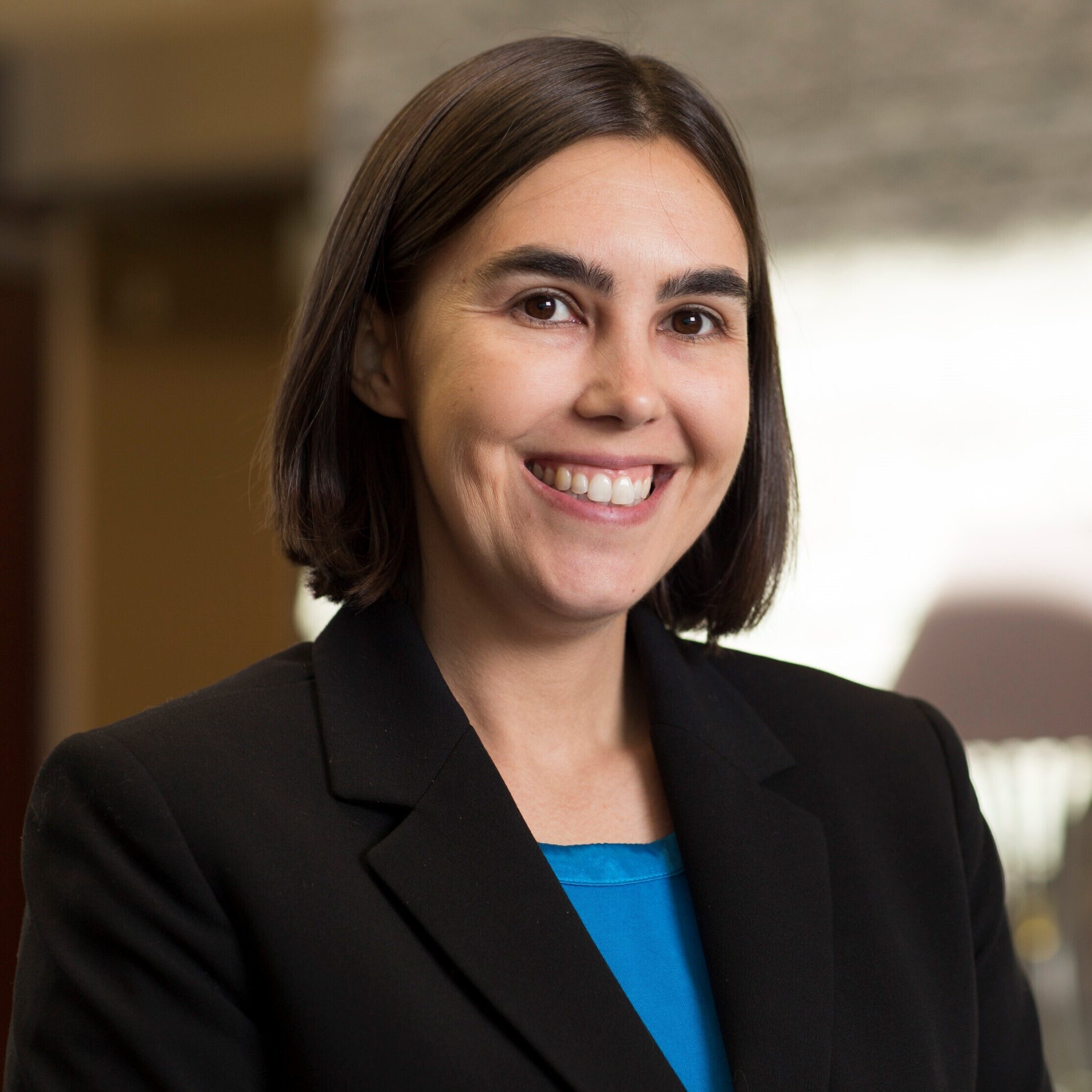A: People who work in healthcare are at risk for getting COVID-19 on the job and are also under tremendous stress from the demands of dealing with the pandemic.
In the US, over 173,000 healthcare workers have contracted COVID-19 and at least 742 have died. Our doctors, nurses, technicians, therapists, and support staff face increasing burnout, fatigue, and stress. Taking precautions every day to reduce the spread of COVID-19 is the best thing you can do to help protect healthcare workers.
On September 22, Dr. Adeline Fagan, a 28-year-old healthy physician in her residency training to become an OB GYN, died following a two-month illness. She caught the infection caring for patients in the Emergency Department. Her death is one of over 740 confirmed deaths of healthcare workers in the United States since the start of the pandemic.
The Guardian and Kaiser Health News are investigating more than 1200 deaths of healthcare workers in the US. Healthcare support workers (such as nursing assistants and medical assistants) reported the most cases of any healthcare occupation, followed closely by nurses. Healthcare workers who acquire COVID-19 are more likely to work in nursing and residential care facilities, where testing, staffing, and protective equipment have been inconsistent and often inadequate. Among healthcare workers, racial and ethnic minorities have disproportionately high mortality, once again demonstrating how social determinants of health and equity play a role in health outcomes related to COVID-19. You can find more data on characteristics of healthcare workers with COVID-19 here.
And it’s not just deaths. Our healthcare workforce is suffering from the strain of dealing with COVID-19 in other ways. Every day, frontline healthcare workers (including doctors, nurses, technicians, support staff, custodial staff, food services, therapists, and others) face tremendous stressors as they are exposed to COVID-19. Many healthcare workers continue to report inadequate access to personal protective equipment. In one survey, 49% of primary care clinicians report mental exhaustion at an all-time high and many healthcare workers are quitting their jobs. They worry about getting sick and spreading it to patients, friends, and family. They face the trauma of witnessing preventable illness create unnecessary suffering and death. They must continuously fight misinformation, distrust, and pandemic fatigue at work and in their communities.
There are concrete actions each and every one of us can take to protect and support our essential healthcare workers. Wear a mask, wash your hands, social distance, stay home when you’re sick, and be outside more than inside. Get your flu shot. Taking steps to prevent infection lightens the load on our healthcare workers and helps them take better care of us–and of themselves.
The CDC collects and reports cases and deaths of healthcare personnel. This is likely a significant underestimate, as someone’s occupation is not always included in the data on cases and deaths.
The Guardian and Kaiser Health News are collecting the stories of healthcare workers who lost their life to COVID-19 in their interactive database, “Lost on the Frontline.” A tough read, but well worth it.
Read Dr. Arghavan Salles’s moving account of caring for COVID-19 patients in NY and AZ and how the community response to the pandemic has impacted healthcare workers.
This post is a part of our post series with a family physician, a proud member of the American Academy of Family Physicians (AAFP).


